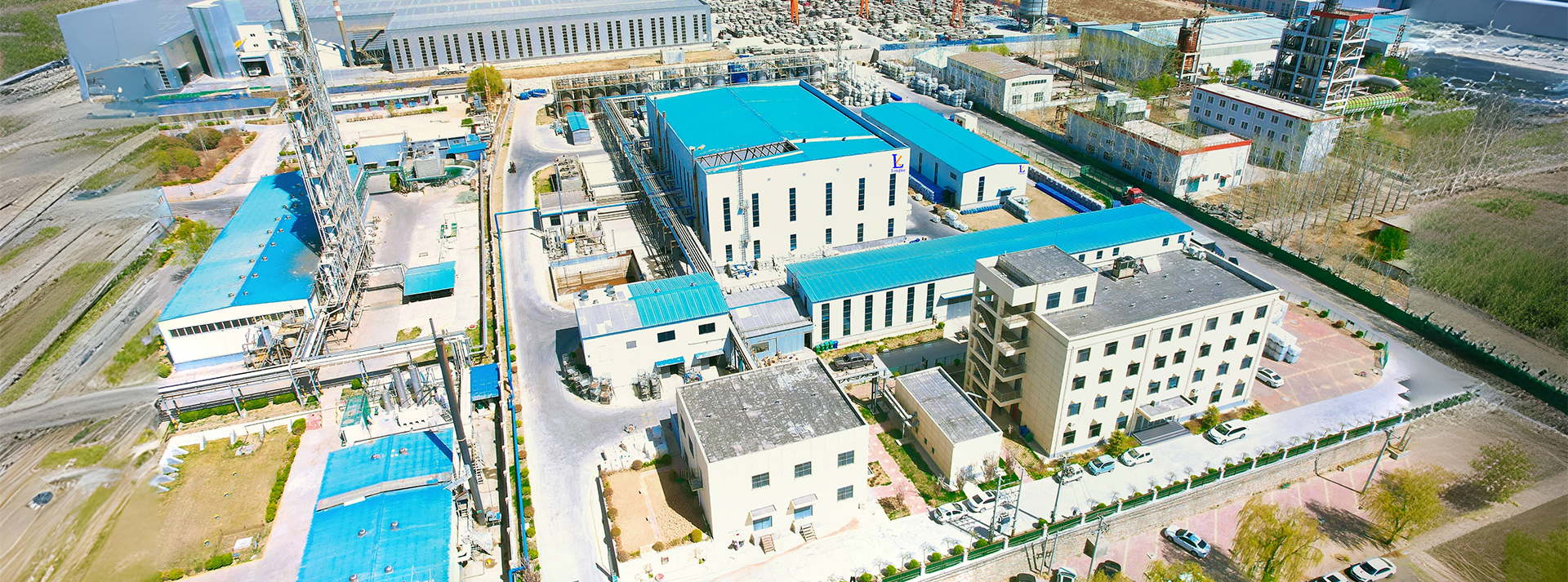polyacrylamide water treatment
Polyacrylamide in Water Treatment A Comprehensive Overview
Polyacrylamide (PAM) is a synthetic polymer that has gained significant attention in the field of water treatment due to its high efficiency in coagulation and flocculation processes
. As global water scarcity and pollution become increasingly prevalent, the role of PAM in improving water quality cannot be overstated.One of the primary functions of polyacrylamide in water treatment is its ability to aid in the aggregation of suspended solids. When added to water, PAM molecules interact with particles, causing them to clump together and form larger aggregates, or flocs. These flocs can then be more easily removed from water through sedimentation or filtration. This process is particularly beneficial in treating wastewater, where suspended solids can be detrimental to the environment.
There are various forms of polyacrylamide, including anionic, cationic, and nonionic types, each with specific applications based on the characteristics of the wastewater being treated. Anionic PAM is often used for municipal wastewater treatment and in processes involving negatively charged particles, while cationic PAM is more effective for treating industrial wastewaters that typically contain organic materials. Nonionic PAM serves as a versatile option for various water treatment scenarios, making it an adaptable choice for different industries.
polyacrylamide water treatment

The environmental impact of using polyacrylamide in water treatment has also been a subject of research. Studies indicate that PAM is generally safe and non-toxic when used correctly. However, concerns have been raised about the potential leaching of acrylamide, a toxic monomer, into water systems. To mitigate these risks, it is essential to utilize high-quality PAM products that comply with environmental regulations and to follow appropriate dosages and application methods.
Another significant advantage of PAM in water treatment is its ability to reduce sludge volume. The aggregation of particles leads to the formation of larger, denser sludges, which are easier to dewater. This not only reduces the volume of sludge that must be disposed of but also lowers operational costs associated with landfilling and disposal.
Additionally, the use of polyacrylamide can enhance the efficiency of chemical dosing in treatment processes. By improving the settling and clarification of solids, PAM minimizes the need for excessive amounts of coagulants, thereby reducing chemical costs and environmental impact.
In conclusion, polyacrylamide plays a crucial role in modern water treatment methodologies. Its effectiveness in enhancing sedimentation, reducing sludge volume, and optimizing chemical usage makes it an invaluable tool for both municipal and industrial applications. As water quality challenges continue to evolve, the ongoing research and development of polyacrylamide formulations will be essential to ensuring sustainable and efficient water treatment solutions.
-
Water Treatment with Flocculant Water TreatmentNewsJun.12,2025
-
Polymaleic AnhydrideNewsJun.12,2025
-
Polyaspartic AcidNewsJun.12,2025
-
Enhance Industrial Processes with IsothiazolinonesNewsJun.12,2025
-
Enhance Industrial Processes with PBTCA SolutionsNewsJun.12,2025
-
Dodecyldimethylbenzylammonium Chloride SolutionsNewsJun.12,2025





